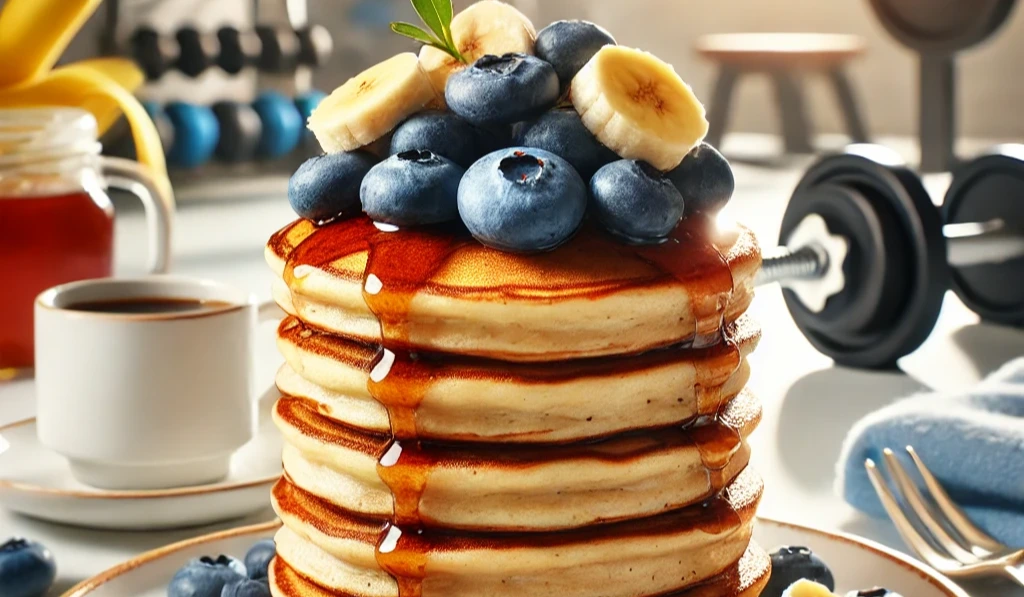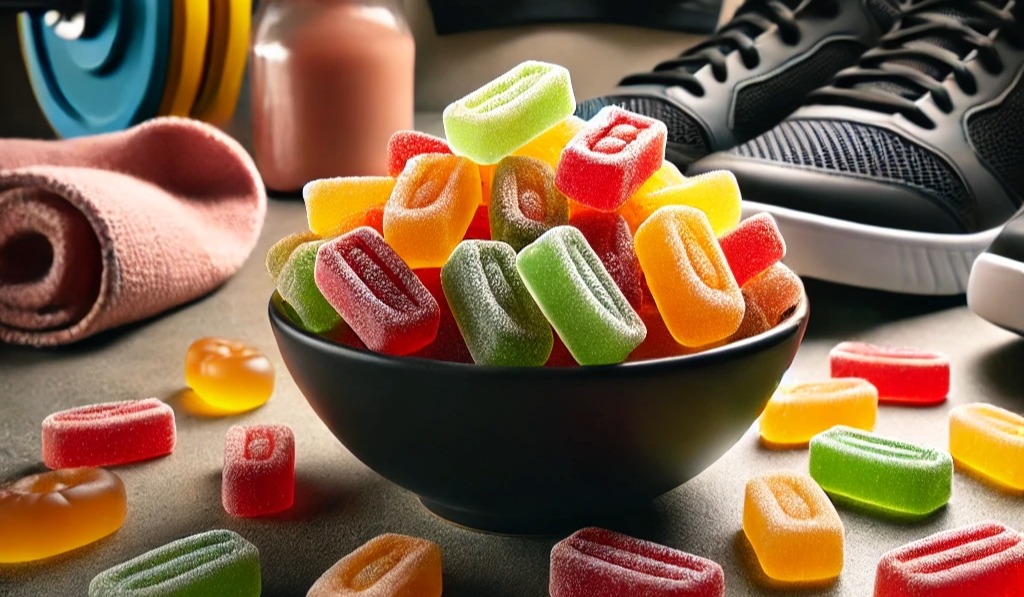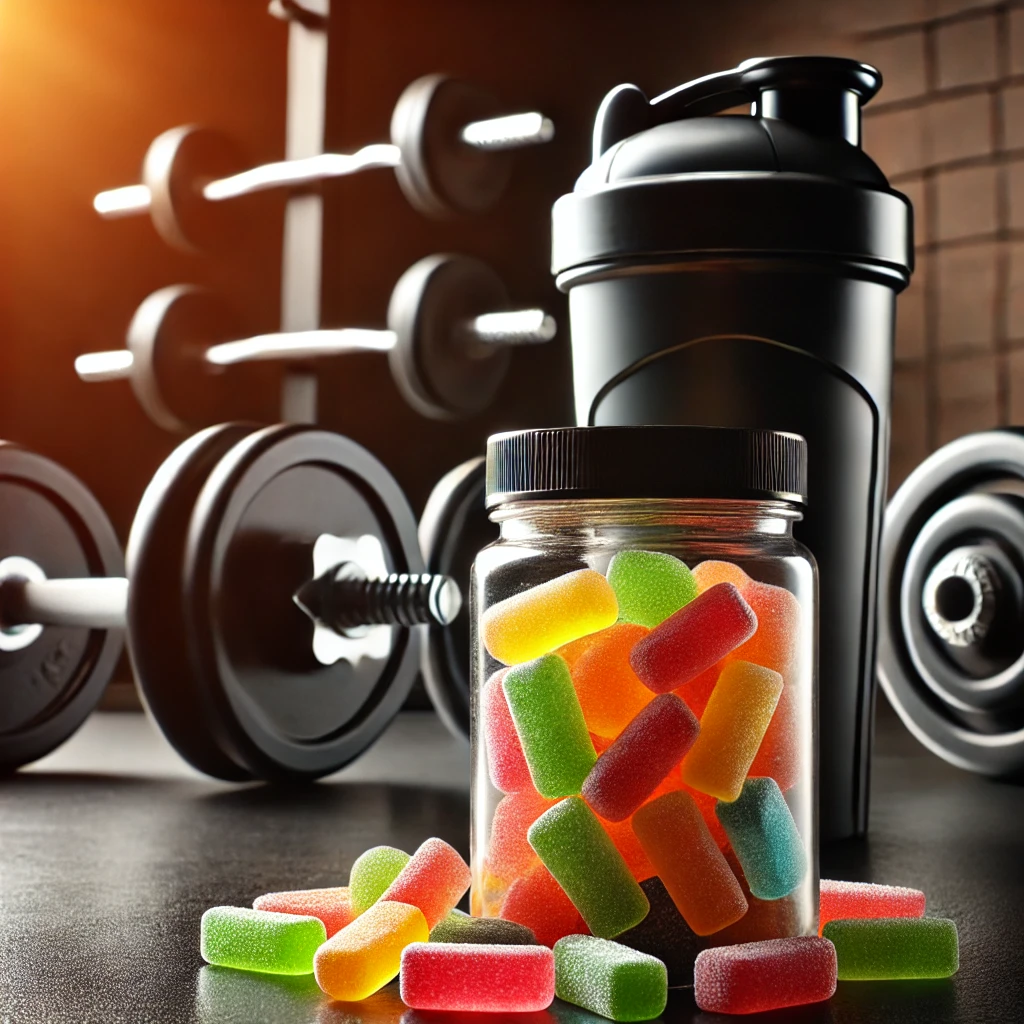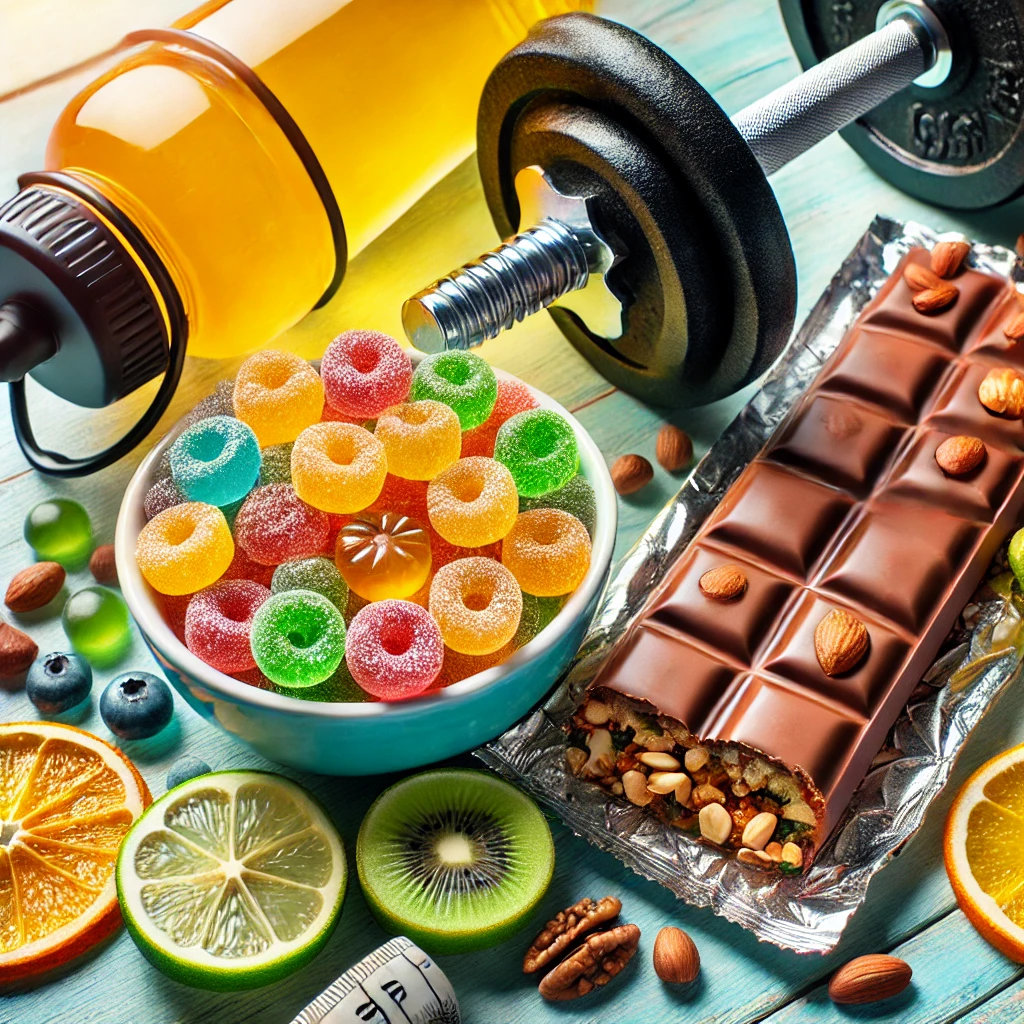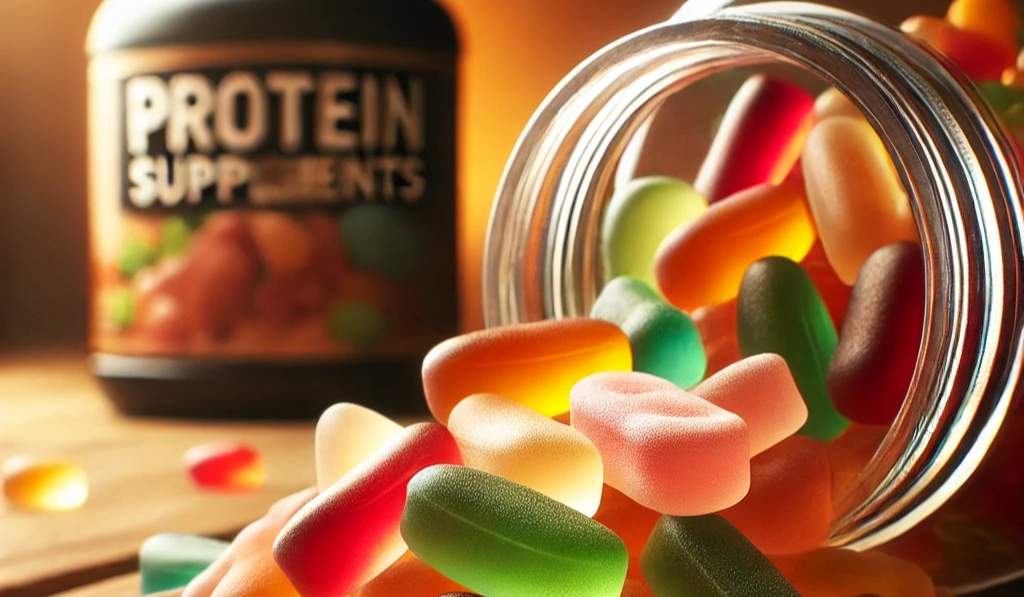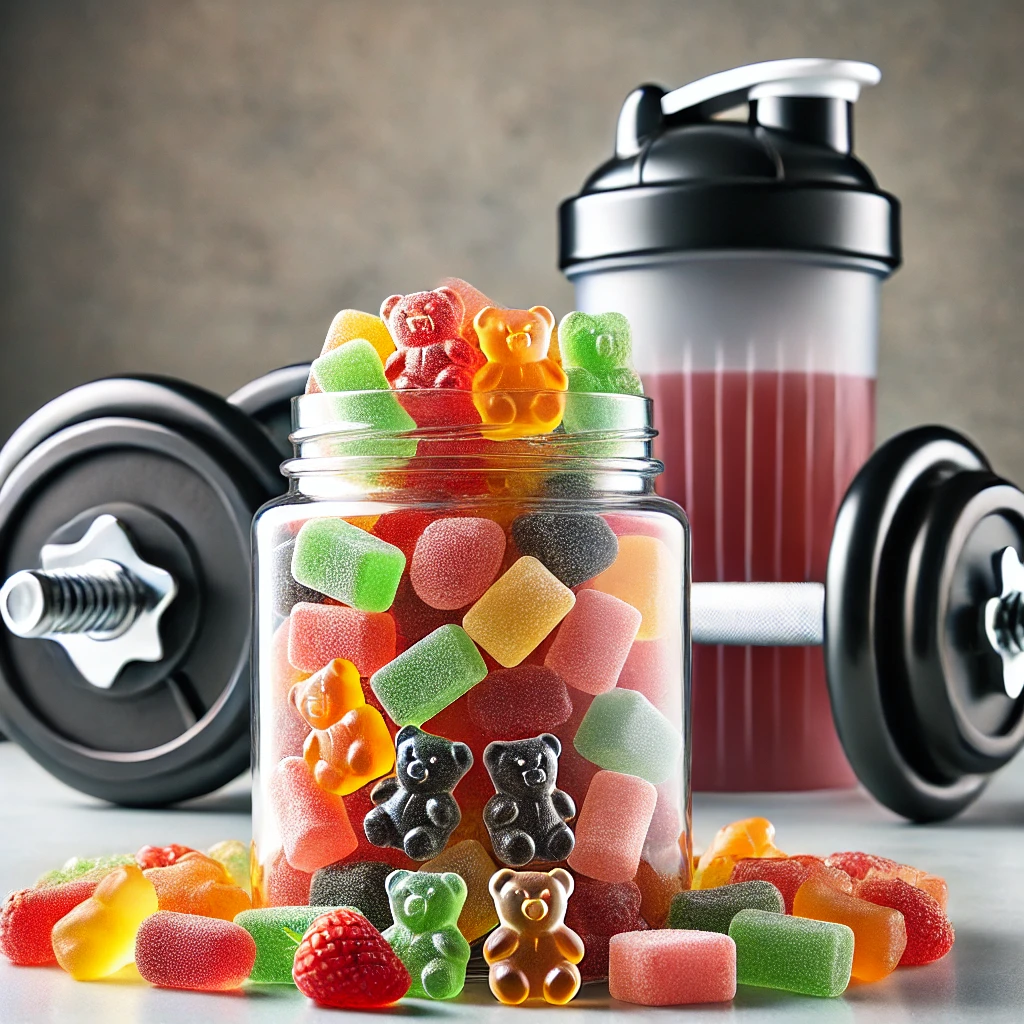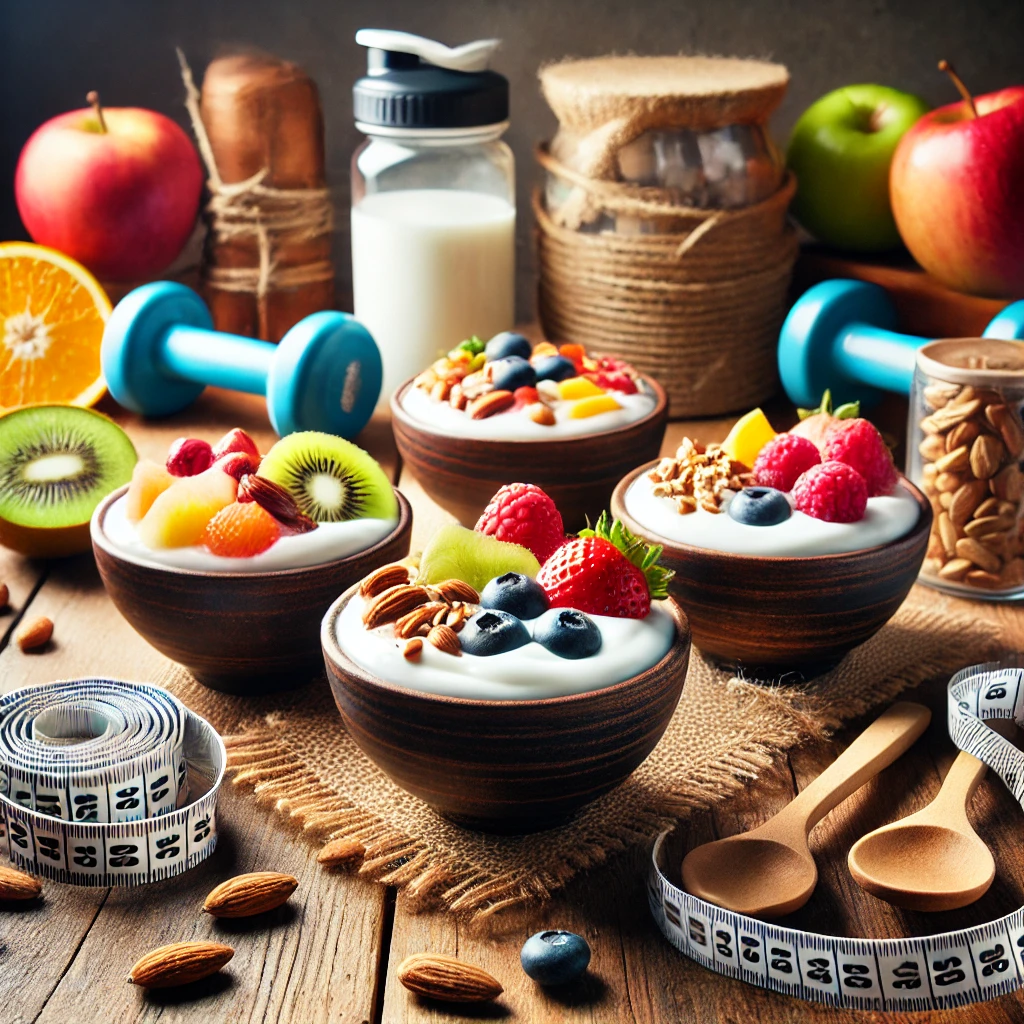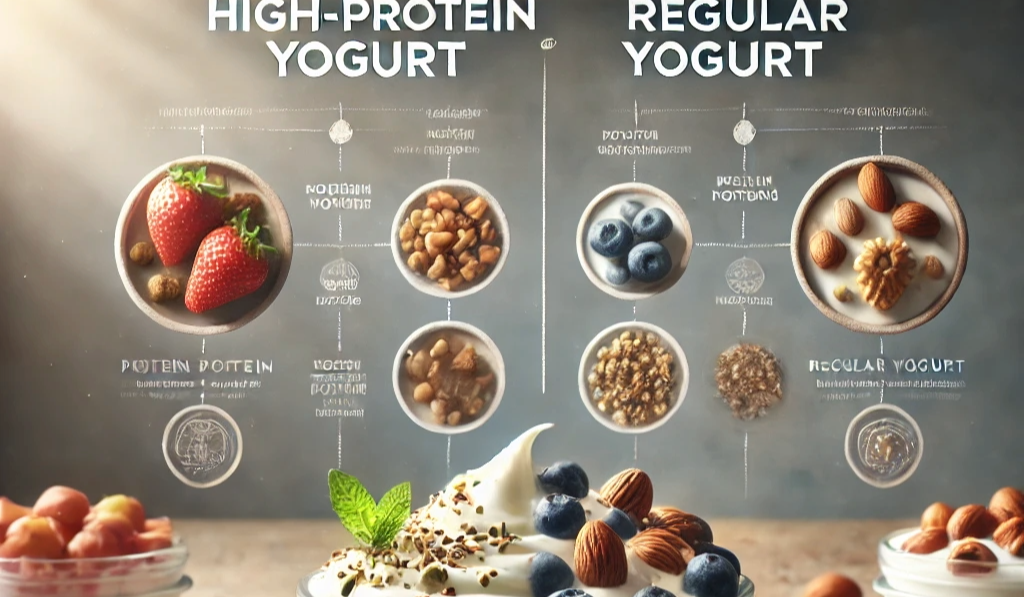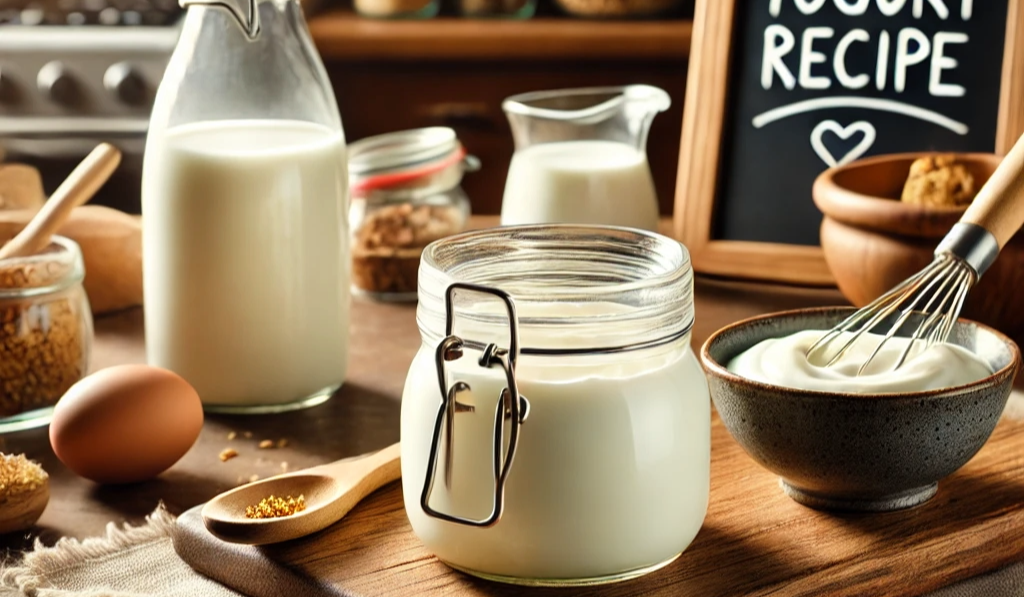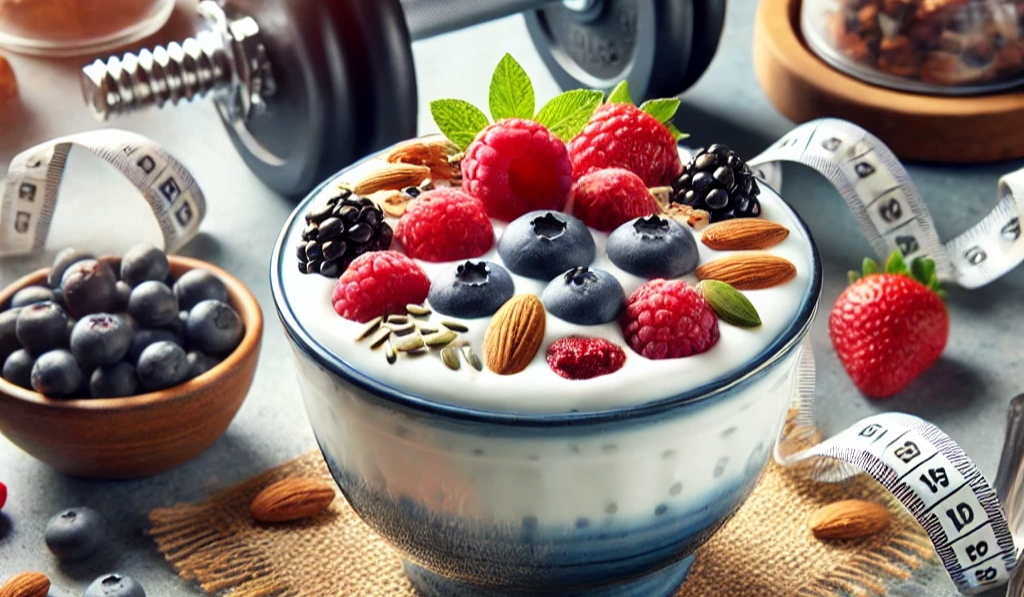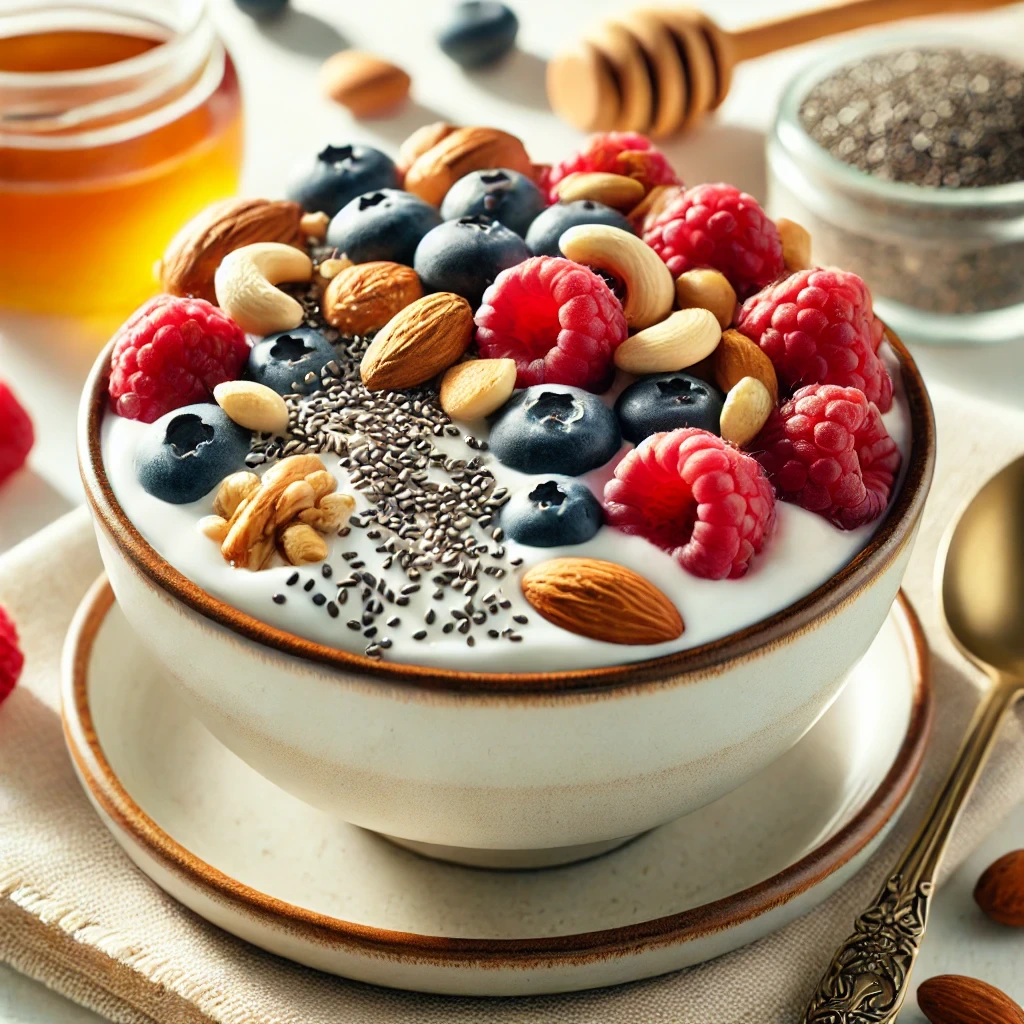Power Up Your Morning with This Easy Protein Pancakes Recipe
Power Up Your Morning with This Easy Protein Pancakes Recipe
Breakfast is the most important meal of the day, and what better way to start your morning than with a delicious and nutritious stack of protein pancakes? These pancakes are not only easy to make but also packed with protein, keeping you full and energized throughout the day. Whether you’re a fitness enthusiast or simply looking for a healthy breakfast option, this recipe is a game-changer.
Why Protein Pancakes Are the Perfect Breakfast Choice
The Benefits of Starting Your Day with Protein
Protein is essential for muscle recovery, metabolism, and overall energy levels. Eating a high-protein breakfast can:
- Keep you full longer, reducing mid-morning cravings.
- Support muscle growth and recovery, especially after workouts.
- Help regulate blood sugar levels and improve focus.
How Protein Pancakes Keep You Full and Energized
Unlike traditional pancakes that are high in refined carbs, protein pancakes offer a balanced combination of protein, healthy fats, and fiber. This combination:
- Provides sustained energy instead of a sugar crash.
- Helps with weight management by promoting satiety.
- Supports digestion and gut health when made with fiber-rich ingredients.
Comparing Protein Pancakes to Traditional Pancakes
Traditional pancakes may taste great, but they often lack the nutrients needed to fuel your body. Here’s how protein pancakes compare:
| Feature | Traditional Pancakes | Protein Pancakes |
| Protein Content | Low | High |
| Satiety | Short-term | Long-lasting |
| Blood Sugar Impact | Causes spikes | More balanced |
| Best for | Occasional treats | Daily fuel |
Essential Ingredients for the Best Protein Pancakes
Choosing the Right Protein Powder
Not all protein powders are created equal. Choose one that fits your dietary needs:
- Whey protein – Great for muscle recovery and creamy texture.
- Plant-based protein (pea, hemp, or rice protein) – Ideal for vegans and those with dairy intolerance.
- Collagen protein – Good for skin, joints, and overall wellness.
Healthy Flour Alternatives
Instead of refined white flour, opt for:
- Oat flour – Rich in fiber and naturally gluten-free.
- Almond flour – Low-carb and adds a nutty flavor.
- Coconut flour – High in fiber but absorbs more liquid, so adjust accordingly.
Natural Sweeteners and Add-Ins for Extra Nutrition
Skip refined sugar and enhance flavor with:
- Mashed bananas or unsweetened applesauce.
- Honey or maple syrup in moderation.
- Cinnamon, vanilla extract, or cocoa powder for added taste.

Step-by-Step Guide to Making Protein Pancakes
Quick and Easy Preparation Instructions
- Gather Ingredients:
- 1 scoop of protein powder
- ½ cup oat flour (or flour of choice)
- 1 egg (or flaxseed egg for vegan option)
- ½ cup almond milk (or any milk alternative)
- ½ teaspoon baking powder
- ½ teaspoon cinnamon (optional)
- 1 teaspoon vanilla extract
- Mix the Batter: Blend all ingredients until smooth.
- Cook the Pancakes: Pour batter onto a heated non-stick pan and cook for 2-3 minutes per side.
- Serve and Enjoy: Stack your pancakes and add your favorite toppings.
Cooking Tips for the Perfect Fluffy Texture
- Let the batter sit for 5 minutes before cooking to thicken.
- Cook on medium heat to prevent burning.
- Flip when bubbles start to form on the surface.
Customizing the Recipe to Suit Your Taste
- Add blueberries, chocolate chips, or nuts for extra texture.
- Swap almond milk for coconut milk for a tropical twist.
- Make it extra indulgent with a drizzle of peanut butter.
Tasty Variations and Toppings for Extra Flavor
High-Protein Topping Ideas
- Greek yogurt with a drizzle of honey.
- Nut butter (almond, peanut, or cashew) for healthy fats.
- Chia or flaxseeds for extra fiber.
Sweet and Savory Options to Mix It Up
- Sweet: Fresh berries, banana slices, dark chocolate chips.
- Savory: Scrambled eggs, avocado slices, smoked salmon.
How to Meal Prep and Store Protein Pancakes
- Make a large batch: Store in an airtight container in the fridge for up to 5 days.
- Freeze for later: Layer pancakes with parchment paper and freeze. Reheat in a toaster or microwave.
Final Tips for a Healthy and Energizing Breakfast
Pairing Your Pancakes with the Right Beverages
- A smoothie with greens and protein for an extra boost.
- Herbal tea or black coffee for a metabolism kick.
- Fresh juice for added vitamins (avoid high-sugar options).
Balancing Your Breakfast with Other Nutrients
- Pair with eggs or turkey bacon for additional protein.
- Include fiber-rich fruits like berries for antioxidants.
- Add healthy fats like avocado to keep you full longer.
Making Protein Pancakes Part of Your Weekly Routine
- Meal prep on Sundays to save time.
- Try different flavors each week to keep things interesting.
- Enjoy them as a post-workout meal or healthy snack.
With this easy protein pancakes recipe, you can enjoy a delicious, healthy breakfast that keeps you full, energized, and ready to tackle the day. Give it a try and power up your mornings!
Power Up Your Morning with This Easy Protein Pancakes Recipe Read More »
